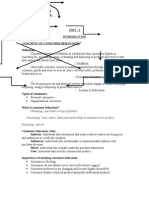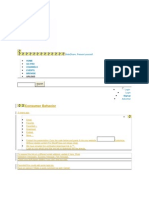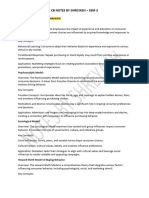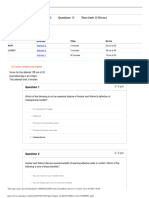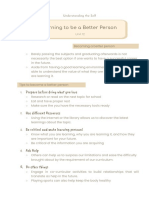0% found this document useful (0 votes)
7 views5 pagesSimplified Consumer Behavior Notes
The document provides detailed notes on consumer behavior, focusing on personality, perception, and learning. It discusses key theories of personality and their impact on consumer choices, as well as the processes of perception and learning that influence consumer behavior. Additionally, it highlights marketing applications and strategies to enhance consumer engagement and brand loyalty.
Uploaded by
dawitkidus111Copyright
© © All Rights Reserved
We take content rights seriously. If you suspect this is your content, claim it here.
Available Formats
Download as PDF, TXT or read online on Scribd
0% found this document useful (0 votes)
7 views5 pagesSimplified Consumer Behavior Notes
The document provides detailed notes on consumer behavior, focusing on personality, perception, and learning. It discusses key theories of personality and their impact on consumer choices, as well as the processes of perception and learning that influence consumer behavior. Additionally, it highlights marketing applications and strategies to enhance consumer engagement and brand loyalty.
Uploaded by
dawitkidus111Copyright
© © All Rights Reserved
We take content rights seriously. If you suspect this is your content, claim it here.
Available Formats
Download as PDF, TXT or read online on Scribd
/ 5


















